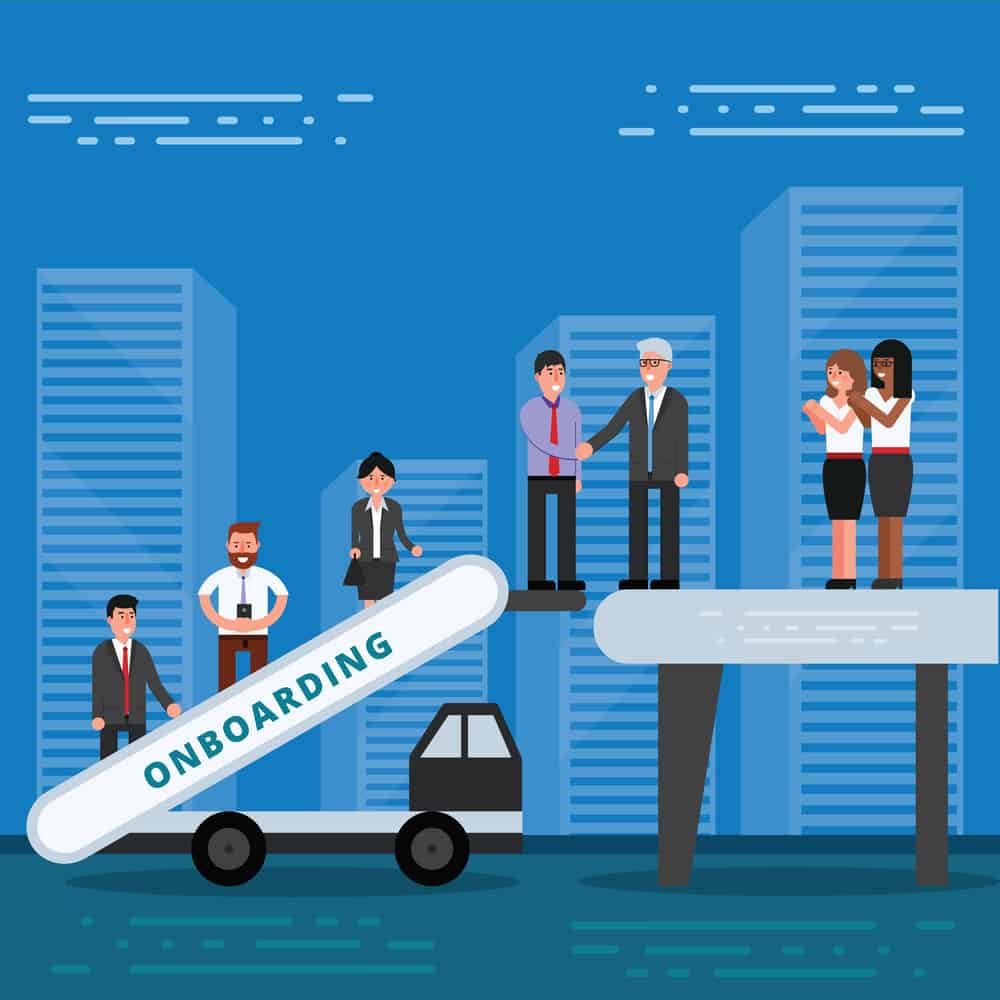Building corporate culture with social learning

Recently I was asked for a keynote speech on social learning and a debate on the topic afterwards. Two questions were prominent and remained unanswered for me that evening. I will try to elaborate on those questions in this blog.
When can we use social learning? Is our company’s culture ready for social learning?
Rethinking and discussing those with my partners, we found that both were closely related and actually can be answered by linking it to the ‘5 Moments of Need’ from Dr. Conrad Gottfredson.
What we learn from this approach is that in an organisational context, learners need to acquire knowledge in different stages of their career or to accomplish a task.
Acquisition of knowledge
The first and second Moments of Need are aligned with the more traditional approaches of learning and training, and therefore are mostly answered with more traditional ways of formal learning.
1. When learning for the first time
2. When wanting to learn more
New social learning tools can make the learning journey more efficient and effective as they enable agile and versatile learning through Social Apps such as Yammer, Twitter or ESN’s.
What I have seen with some organisations are Social Learning tools to offer a blended and interactive learning approach alongside the formal training event, offering pre-work, extra tasks, quizzes, backchannels, forums, wiki’s and more.
By using this interactive approach where the learner actually takes the driving seat, we notice that Jennings’ 70-20-10 model aso applies and that serendipity or accidental learning was achieved to stimulate the total learning process.
Application of knowledge
The remaining three Moments of Need are directly aligned with performance support. In these instances, social learning tools are powerful building blocks that can transform the way we enable learning and the application of knowledge in organisations:
1. When trying to apply and/or remember
2. When something goes wrong
3. When something changes
Most of what we need to know at work in the above Moments of Need can be acquired by participating in new ways of social learning. When learners engage in networks where people co-create, collaborate and share knowledge freely, without spatial, temporal or hierarchical boundaries, learning happens with and through other people. It is a matter of participating in the community, not just by acquiring knowledge.
“Training often gives people solutions to problems already solved. Collaboration addresses challenges no one has overcome before.” Marcia Conner
I’m not saying here that social learning will replace formal learning for the application of knowledge. Social apps and networks make learning and development Lean by focusing only on the direct benefit for the learner, taking into account time, methodology and transfer of learning.
Impact on corporate culture
Social learning builds a culture that makes learning fun, productive and commonplace. However, the shift in culture will not happen by merely launching an Enterprise Social Network.
Recently, I interviewed Peter Crombecq, the CEO of Digipolis and CIO of the City of Antwerp, and he explained how they implemented Yammer as their core communication, sharing and learning tool. Only 6 months after introducing the new ESN the adoption was a success and learning and sharing became a part of their everyday routine.
I believe that one of the main reasons for this success is C-level engagement. As the CEO is actively sharing information, posting blogs and answering questions from all co-workers, he is setting an example and motivating others to follow.
At Digipolis, the management team is aware of the ‘Nielsen 90-9-1 rule.’ Through internal communication, people are offering their services to help editing text before publishing due to fear for mistakes. Subject matter experts are found in all levels of the organisation. A positive performance management system is implemented to encourage both introverts and extroverts to join the conversation in ways they feel comfortable. Silo’s disappeared and the informal hierarchy became almost flat!
To conclude, I believe that the culture of sharing and learning is inspired by leaders, enabled by technology and carried by all.
CREDITS
We would like to thank Peter Crombecq for his visionary view years ago, his sharing of knowledge and inspiring conversations!
Katja Schipperheijn
NOTES
1. Gottfredson, Conrad and Mosher, Bob. “Vodcast: Learning Burst Series – The Five Moments of Learning Need.” Ontuitive. Accessed August 6, 2014. http://www.ontuitive.com/blog/vodcast-learning-burst-series-five-moments-learning-need
2. Jennings. “Slideshare “The 70:20:10 Framework for Building Workforce Capability” Accessed august 6, http://www.slideshare.net/charlesjennings/the-702010-framework
3. Bingham, Tony and Conner, Marcia, The New Social Learning (San Francisco: Berret-Koehler Publishers, 2010)
4. Schipperheijn, Katja and Verhasselt, Christine. “Why Social Learning Amplifies Lean Learning.” Habit of Improvement. Accessed August 6, 2014. https://habitofimprovement.wordpress.com/2014/07/14/why-social-learning-amplifies-lean-learning/
5. Nielsen, Jacob. “http://www.nngroup.com/articles/participation-inequality. Accessed August 6th

